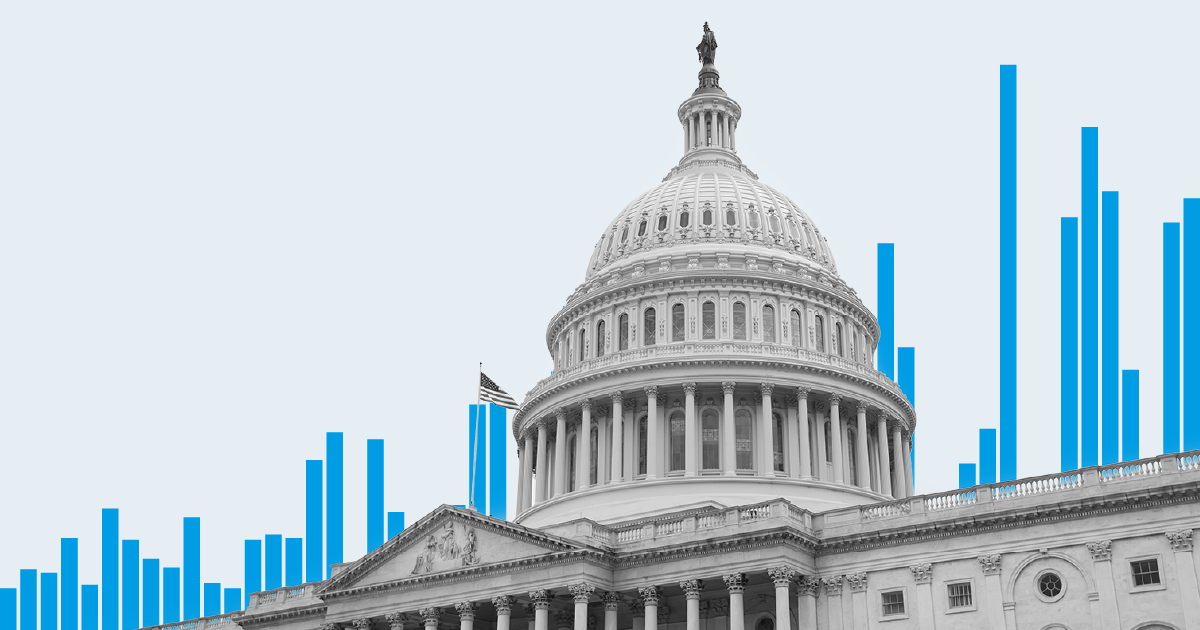Economy
The cost of the longest US government shutdown

The phrase “Made in America” carries significance across the county, but the role manufacturing plays in the American economy has decreased in the past few decades. Manufacturing's smaller role is apparent in all but a few states and subsectors of the industry.
In 2019, 13.6 million people were employed full- or part-time in American manufacturing, according to data from the Bureau of Economic Analysis. That's 6.7% of all jobs. The manufacturing industry accounted for $2.3 trillion in American gross domestic product (GDP), or 11% of the whole.
While the 2019 GDP and employment numbers are up from the 2009 Great Recession, manufacturing's share of the economy is down. In 2009, 12.5 million people worked in manufacturing, or 7% of all employment, with the industry adding $2.0 trillion (accounting for inflation) to the GDP or 12% of the total.
The decline of the manufacturing sector in the US economy is greater looking back further in time. In 1998, there were 18.1 million manufacturing jobs, 11% of total jobs and 5.6 million more than in 2018. In addition, while total GDP increased 47% from 1998 to 2018, the manufacturing sector increased just 5%.
At the regional level, manufacturing continues to play a more significant role in the Midwest and South than elsewhere. But even in states known for industrial production, the role of manufacturing has shrunk.
Manufacturing's share of employment is down in every state since 1998. Its share of GDP has grown in just three states: Hawaii and Nevada — states with small manufacturing sectors — and Louisiana, where manufacturing is dependent on petroleum prices and production.
In Michigan, a state known for automotive production, manufacturing's share of the state’s GDP dropped from 25% in 1998 to 15% in 2009, the year General Motors filed for government-assisted bankruptcy. Manufacturing's share of GDP in Michigan has rebounded somewhat, to 18.5%.
Iowa and South Carolina were early voting states in the 2020 Democratic presidential nomination process. These two states also rank in the top 10 states for manufacturing as a percent of state GDP. Since the recession, manufacturing's role in Iowa's GDP has dropped by 1%, though its share of employment had increased slightly. In South Carolina, manufacturing employment has fallen slightly, while manufacturing's GDP share went up 1%. In both states, manufacturing's share of GDP and jobs are lower than in 1998.
Manufacturing includes a broad range of industries, comprising of "establishments engaged in the mechanical, physical, or chemical transformation of materials, substances, or components into new products," according to the BLS. It includes durable goods manufacturing — goods made to last like cars, computers, and furniture—as well as nondurable goods manufacturing— making products with a short life such as food, paper, and petroleum.
Most manufacturing growth since 1997 has been due to nondurable goods. Durable goods manufacturing increased by $31.1 billion between 1997 and 2019, a 2.4% increase. Meanwhile, nondurable goods manufacturing increased by $127 billion or 14.3%.
In 2018, manufacturing was the third-largest contributor to GDP after government and real estate. However, while the industry remains a large segment of the American economy, the data shows that the manufacturing sector has not grown at the same rate as the rest of the economy.
Learn more from USAFacts and get the data directly in your inbox by signing up for our newsletter.
Newsletter
Keep up with the latest data and most popular content.